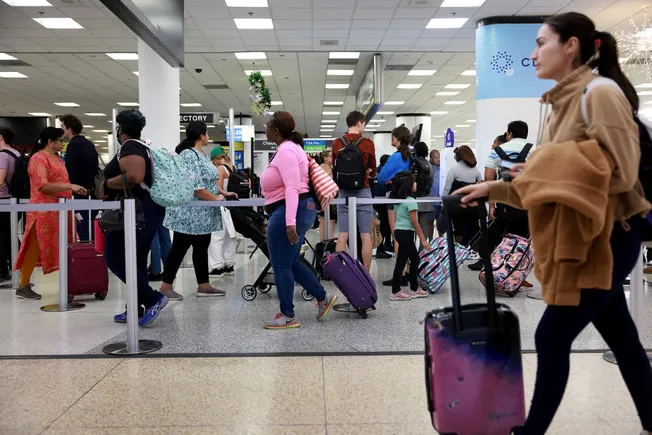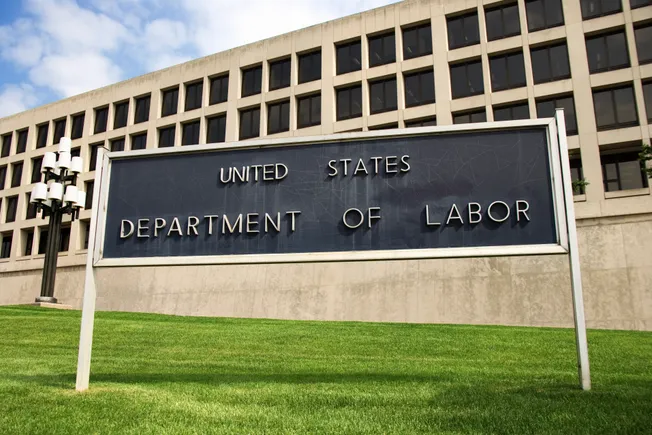Employees may see an immediate pay boost by job hopping, but doing so may also significantly decrease their retirement savings in the long term, according to a Vanguard report published last month.
The investment firm found that the median job switcher sees a 10% increase in pay as well as a slight percentage point decline in their retirement savings rate after taking a new job. Vanguard analysts said this is due to the design of most employer-sponsored 401(k) plans, whose default savings rates differ from employer to employer and which do not always automatically enroll new employees.
Vanguard gave the example of an employee who earns $60,000 annually at the start of her career and switches jobs eight times in her lifetime — a total of nine jobs held overall, which Vanguard said is the typical amount for U.S. workers — finding that the employee’s potential lost retirement savings could be as much as $300,000.
“Put differently, [the employee] would have a 41% smaller retirement nest egg and be able to fund an estimated six fewer years of retirement spending than if she had remained with one employer,” Vanguard analysts said.
Those calculations assume the employee would have a stable career had she not changed jobs or, if she had changed jobs, that each employer she worked for would have a default retirement plan savings rate of 3%.
Why retirement woes are HR’s problem
Previously, the company said in a 2023 report that overall retirement saving participation increased between 2006 and 2021, with an especially large jump among Generation Z workers.
Despite that finding, however, retirement confidence remains low for U.S. workers generally. An August Transamerica survey found that only 21% of middle class Americans felt very confident that they would be able to retire fully or maintain a comfortable lifestyle in retirement. A separate poll by Economist Impact and Nuveen found that more than half of workers at mid- and large-sized U.S. companies lacked confidence in their ability to retire between ages 65 and 67.
Employee financial stress is an HR concern, given that 1 in 4 employees surveyed in a 2024 SoFi report said that stress reduces their productivity and confidence on the job. The same report found that 55% of HR leaders recognized the impact financial stress has on employee mental health, while 2 out of 5 said the same of employee productivity and focus.
Moreover, offering retirement assistance could aid retention goals. A 2022 study by Morgan Stanley at Work found that 94% of employees said retirement planning assistance from financial professionals is a priority when choosing where to work.
How employers can help
One solution for employers is to increase the default rate at which enrollees begin plan participation, Vanguard said. In the above example, the analysts found that increasing the rate from 3% to 6% would leave a savings gap of just $70,000. But not all participants may be able to afford a higher savings rate, meaning employers might have to offer “emergency expense withdrawals or other liquidity features” to prevent workers from choosing not to enroll.
Two additional ideas would require policy changes, Vanguard said, because “existing laws require automatic contribution rates to uniformly apply to all employees after giving them the required notice.”
The first involves setting default savings rates based on an enrolled employee’s age, as workers with longer tenure at a previous employer “tend to be older and experience a greater savings slowdown when switching jobs,” Vanguard said. The second would be to default to the rate that the employee had in their previous employer’s plan, if that rate is higher than the employer’s current default rate.
At an HR Dive virtual event last week, Lisa Gomez, assistant secretary of labor for employee benefits security at the U.S. Department of Labor, said that employers should consider designing flexible retirement plans that allow employees to address financial hardships when they arise. Gomez also pointed to employers’ role in educating employees on how to save and how to manage their retirement plans.






Leave a Reply